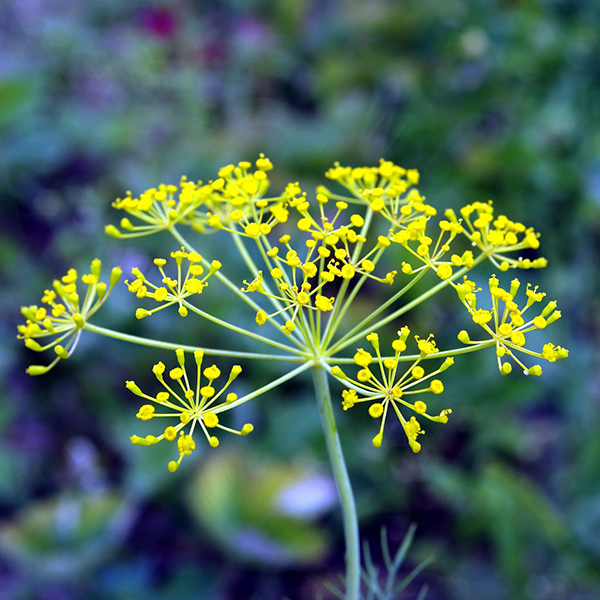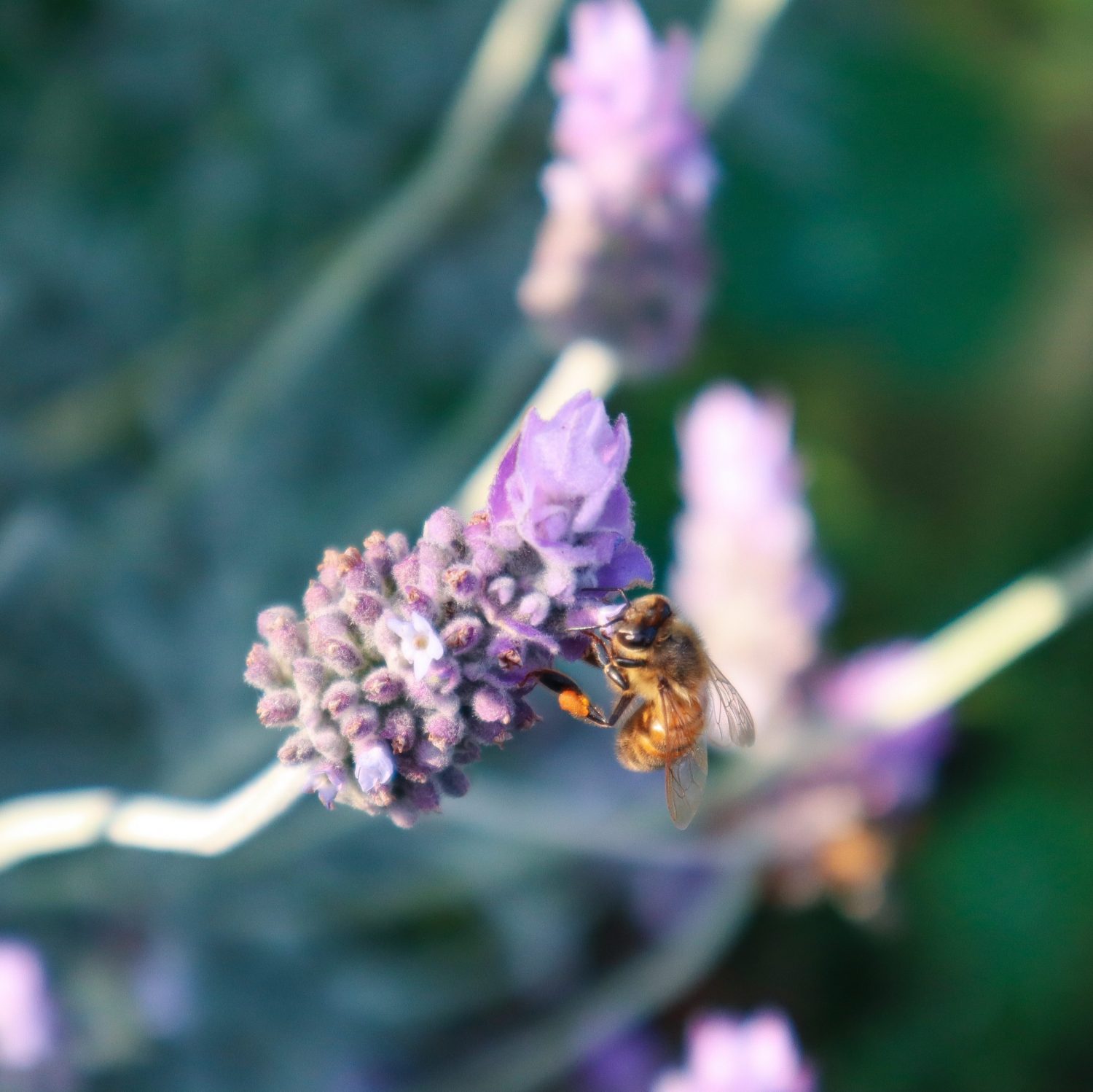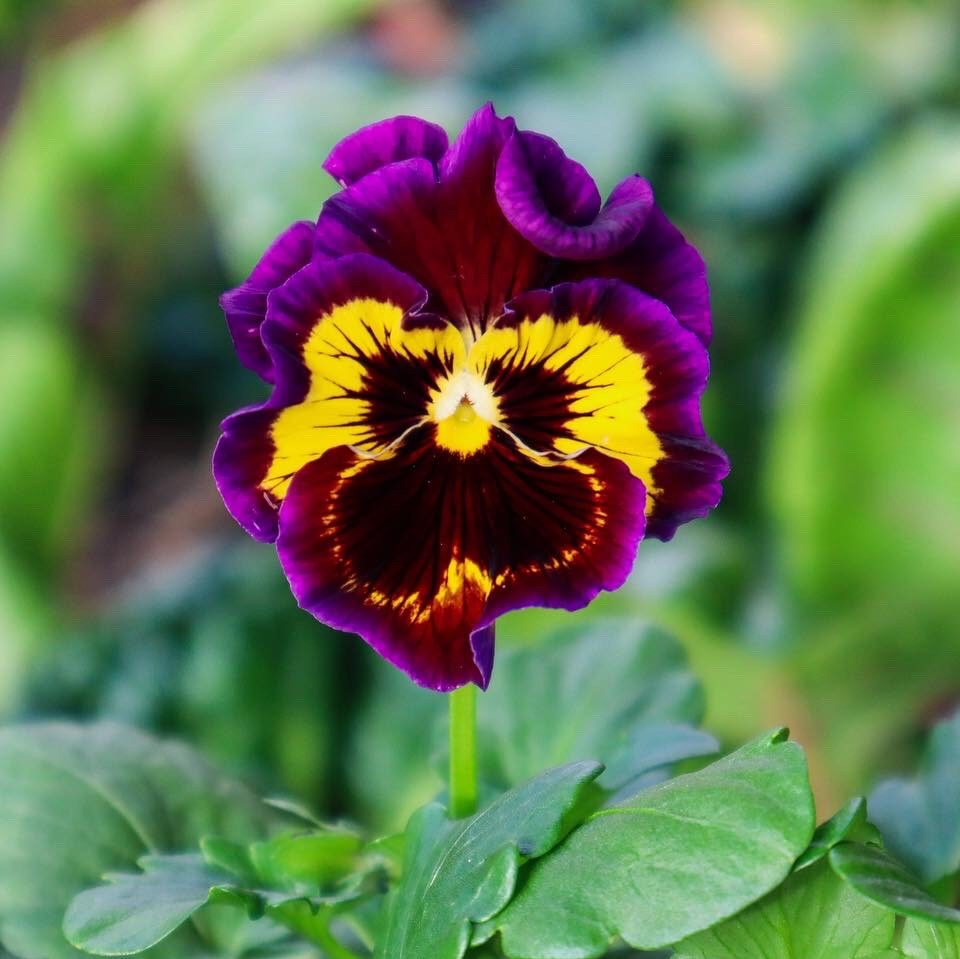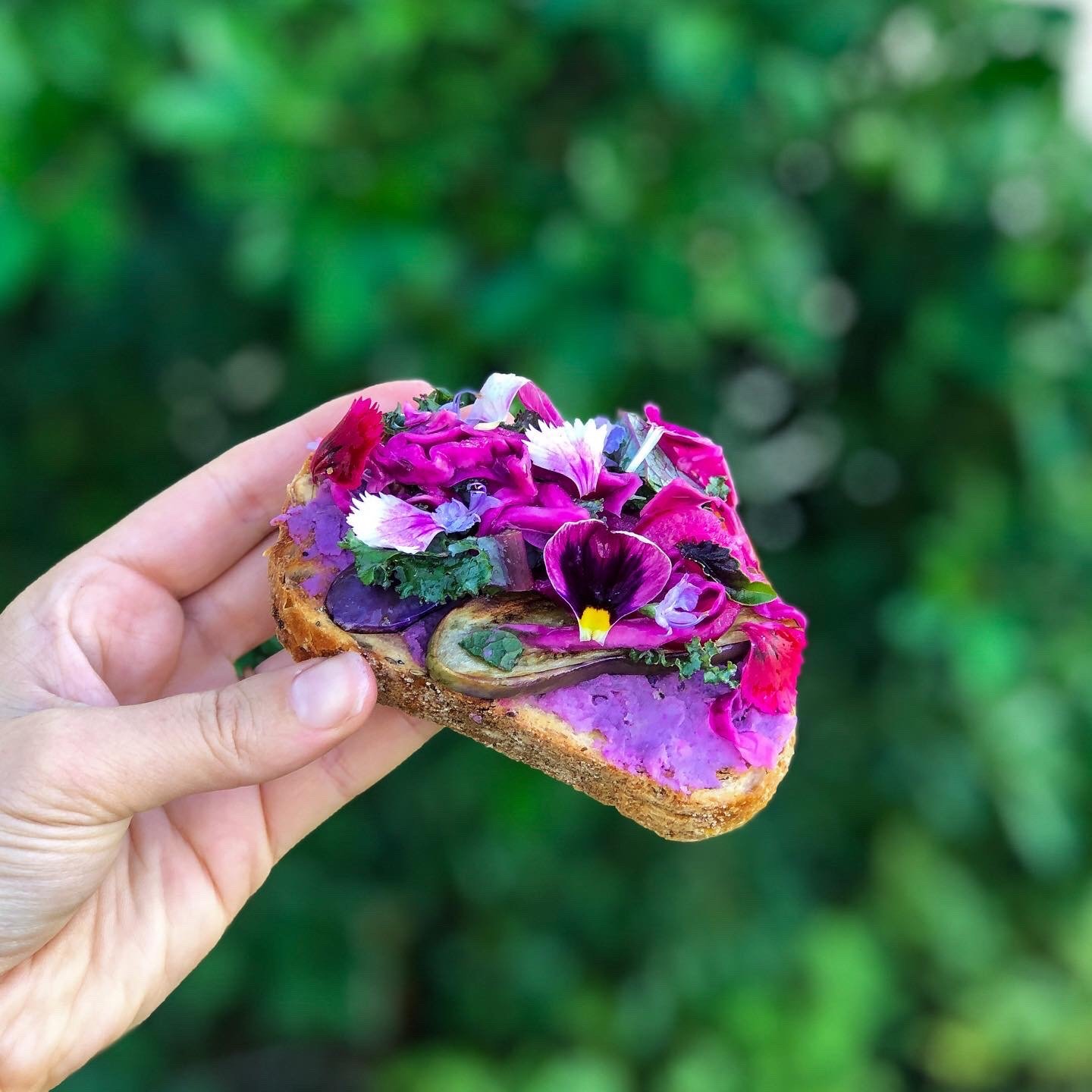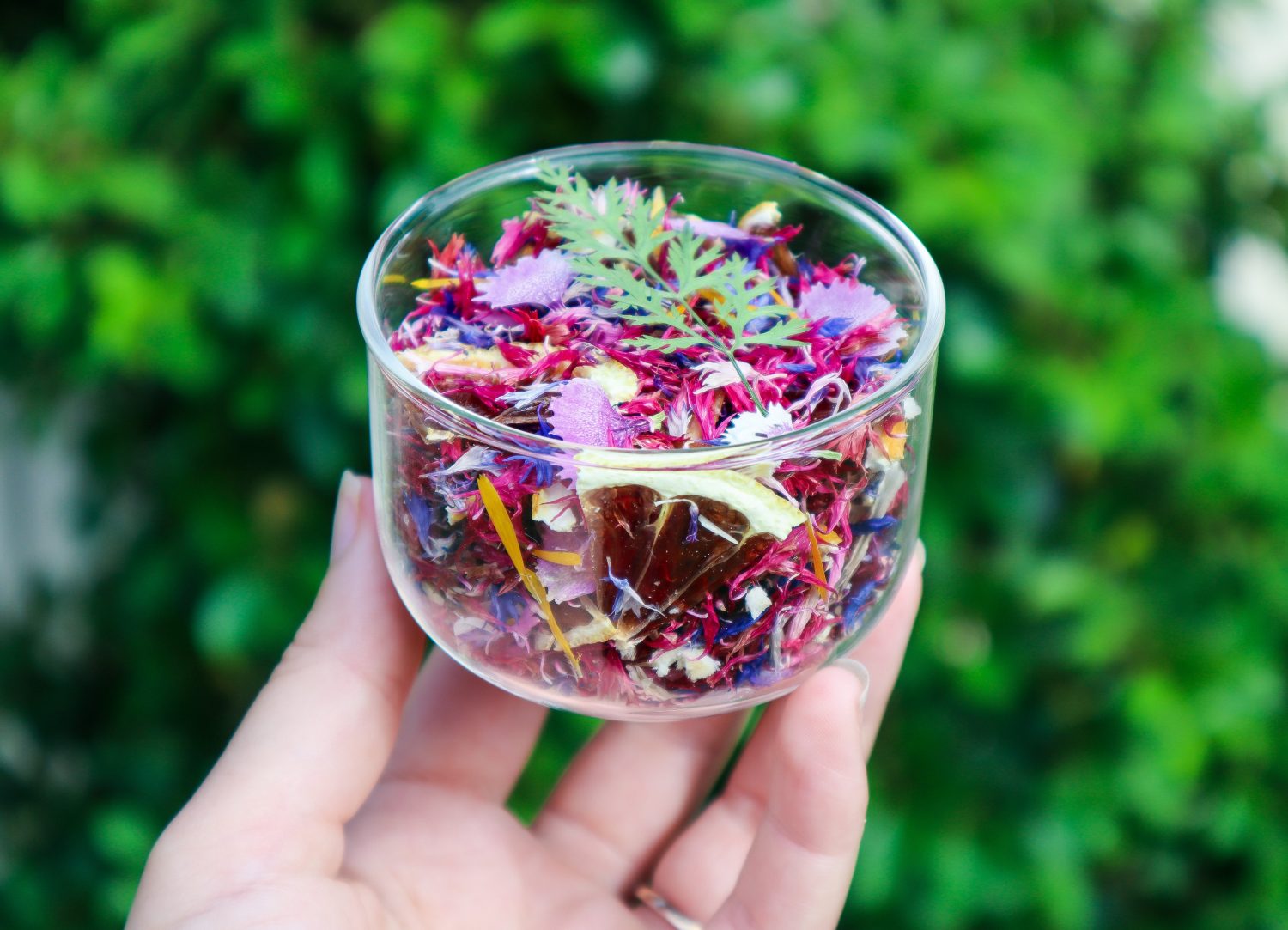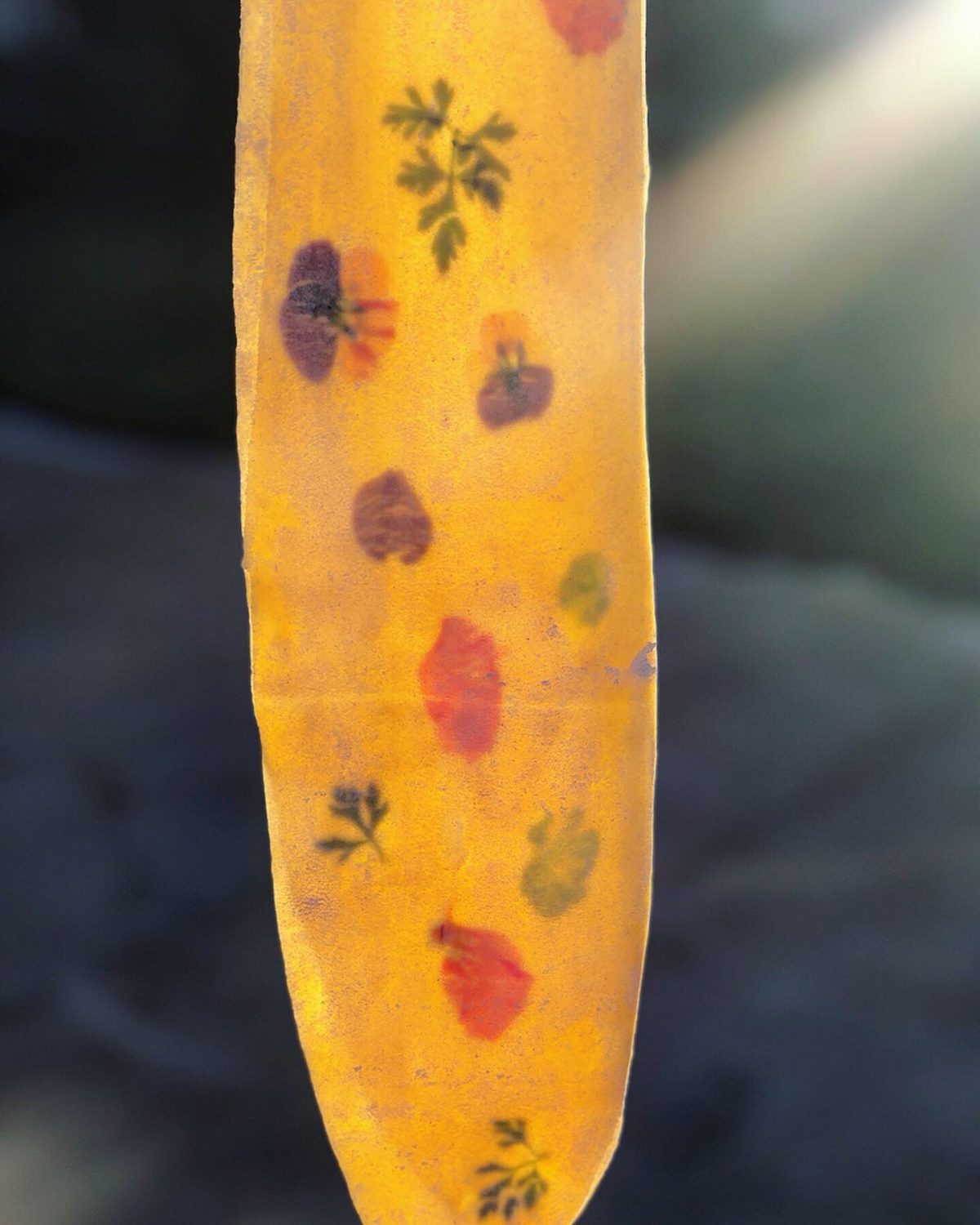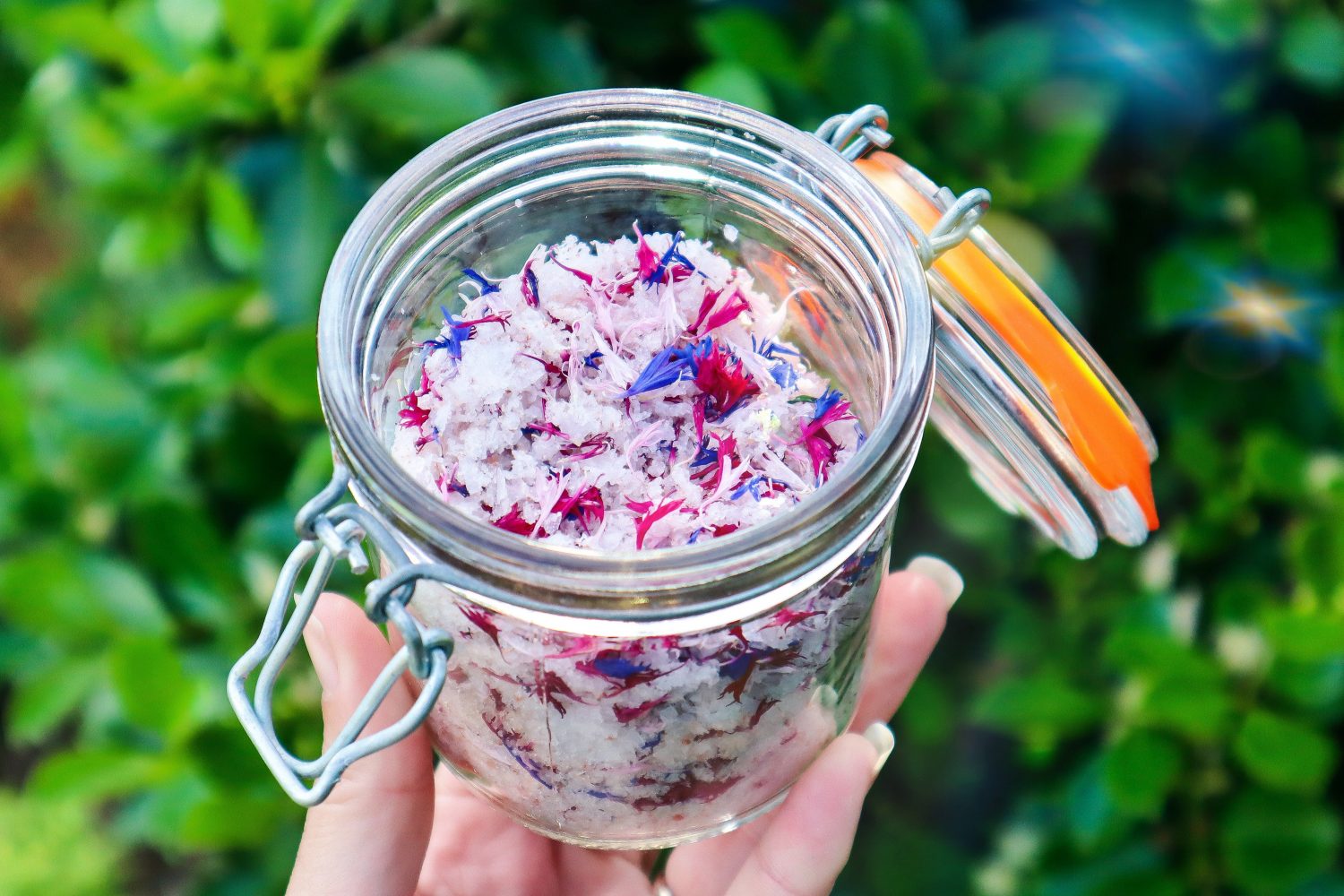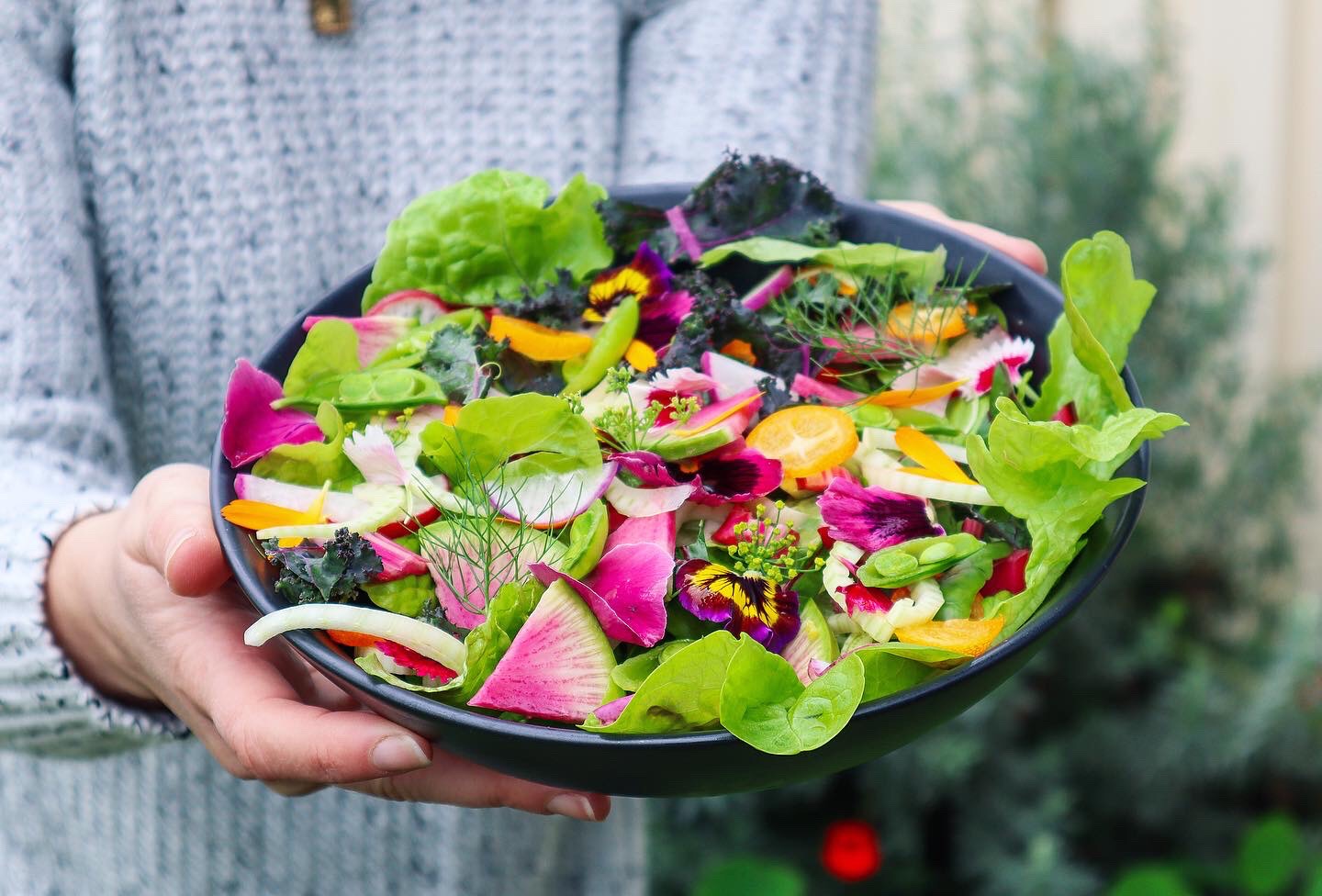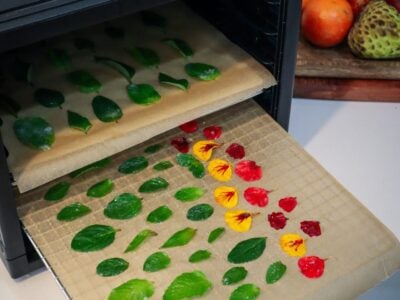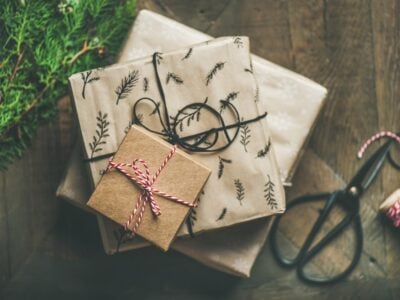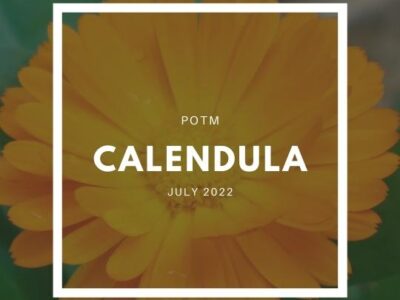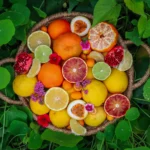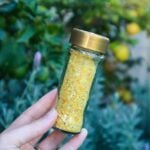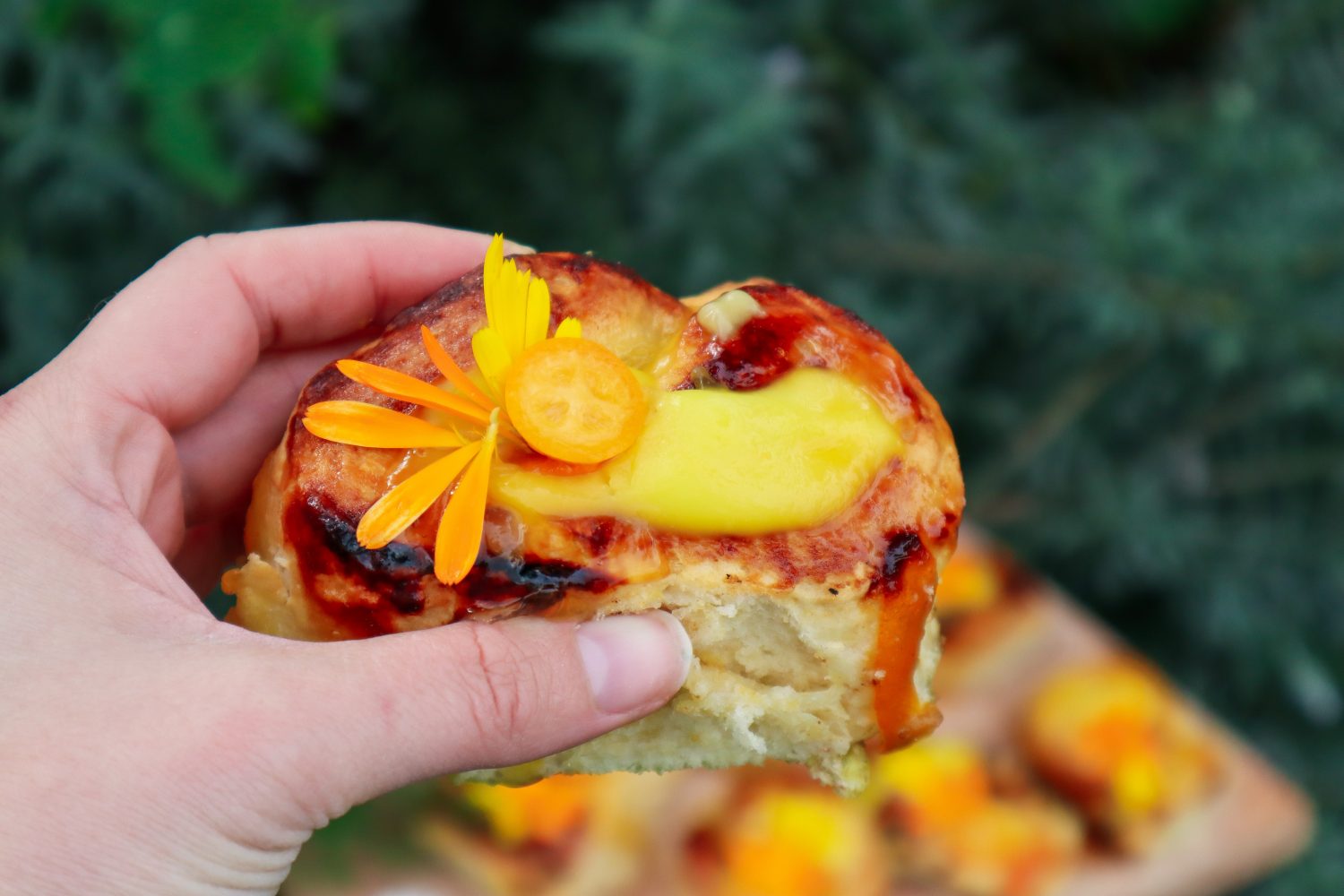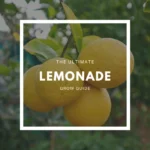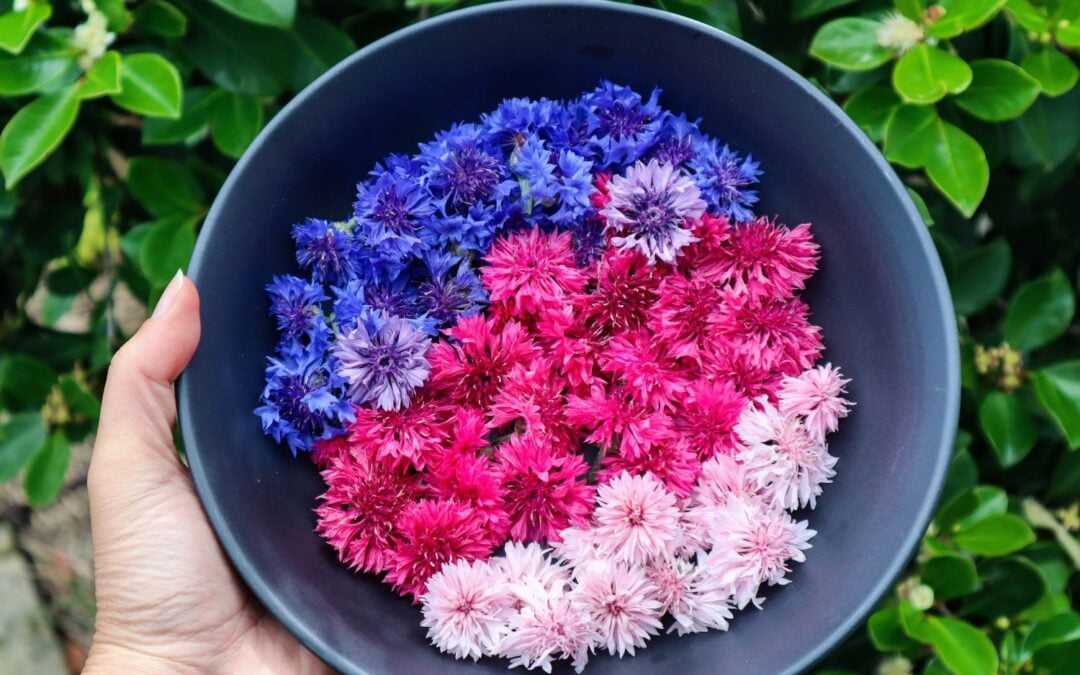
Beginners Guide to Edible Flowers
Edible flowers offer so many beneficial relationships within a home garden. When creating a sustainable permaculture garden, everything should have multiple functions and uses. The more the better! Edible flowers not only look beautiful, but they also aid in pollination, provide food and habitat to beneficial insects for pest management, add diversity to the soil and provide food, and in some cases, offer medicinal qualities for us.
Without adequate pollination, crops may be smaller, less abundant or may not produce at all. So, it is important that we attract pollinators to our gardens to increase yields along with the quality of produce.
Note: not all flowers are edible. Make sure you identify them correctly. Do not eat flowers from florists or areas unknown, as they may have been sprayed with pesticides. The safest option is to grow your own.
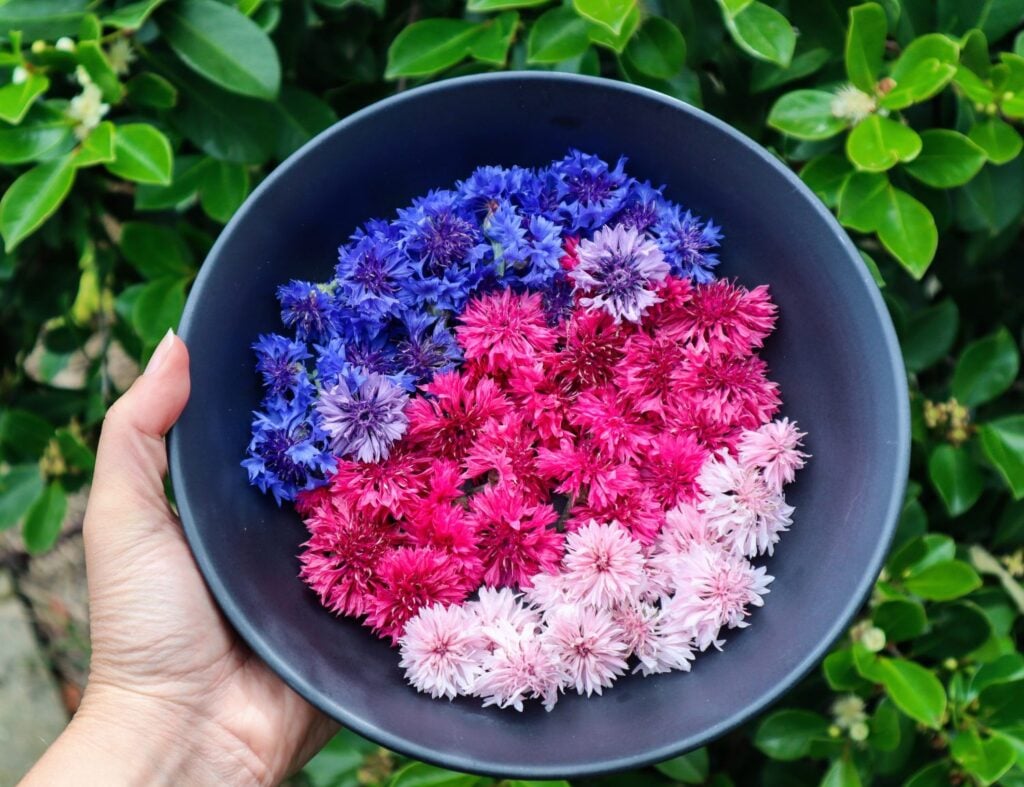
Why Grow Edible Flowers?
- Attract beneficial insects to your garden for natural pest management
- Attract pollinators to increase harvests
- Create diversity in the garden
- Add colour and aesthetics to your garden
- Have subtle, delicate flavours
- Add nutrients to your meals
- Living ground cover to protect the soil
- Have medicinal qualities
- Create beautiful aesthetic dishes
How to Harvest Edible Flowers?
Pick your edible flowers in the morning but after the sun has come up. First thing in the morning the flowers will still be closed, so wait until they fully open up. They will be at their best in the morning, full of life and well-hydrated. If you are serving them fresh, pick your edible flowers as close to serving time as possible. Otherwise, place stems in a jar of water or keep in a moistened towel somewhere cool.
Read How to Preserve Edible Flowers – click here
A-Z Top Edible Flowers

Borage
Borago Officinalis
Sow Spring to Autumn
- Edible flowers
- Great living ground cover to protect the soil and drop leaves for added nutrients
- Very popular with the bees!
- Great for salads and cocktail garnishes

Calendula
Calendula officinalis
Sow Spring to Autumn
- Edible petals and leaves (leaves are a bit bitter)
- Medicinal properties
- Attracts pollinators
- Often used as natural dye
- Vibrant coloured edible petals that look striking as garnishes.
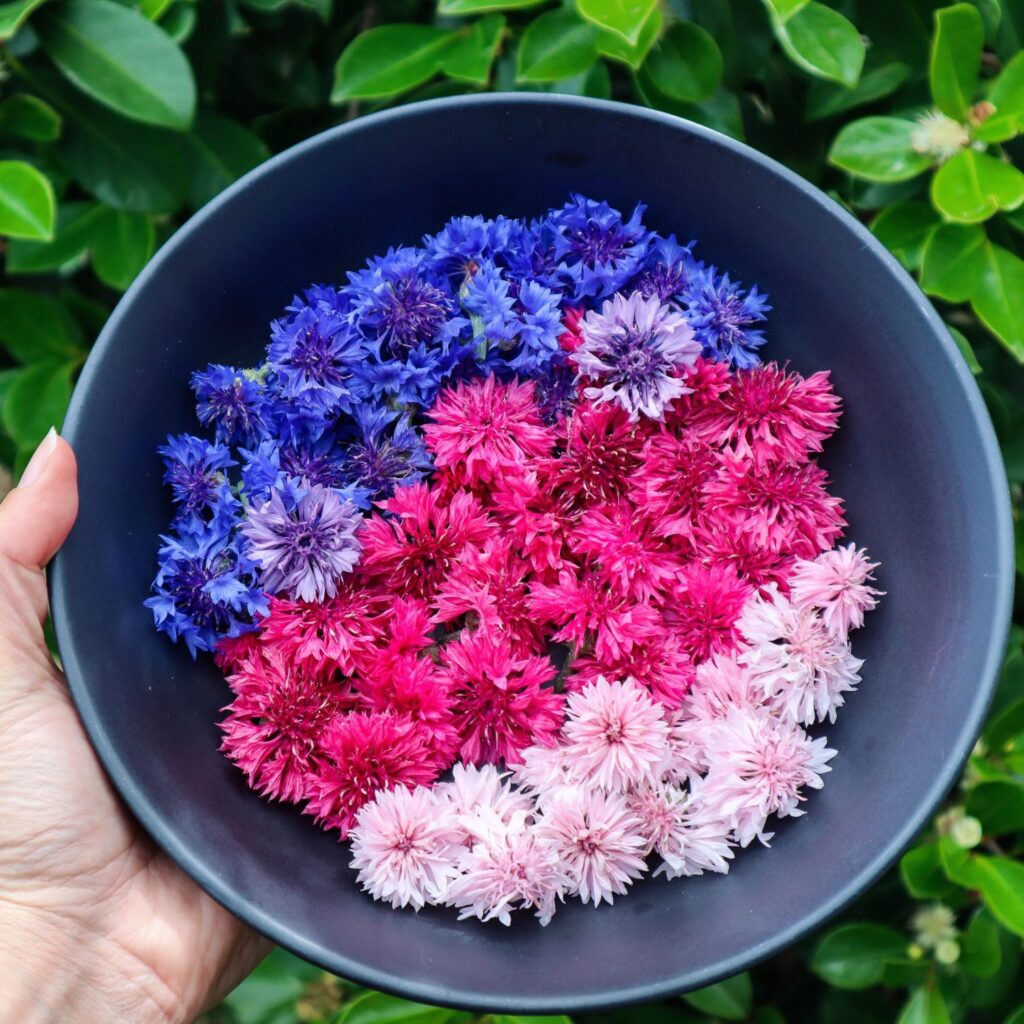
Cornflower
Centaurea Cyanus
Sow Spring & summer
- Edible petals – no flavour
- Great living ground cover to protect the soil and drop leaves for added nutrients
- Attracts pollinators
- Dry the petals and use as cocktail garnishes or floral salt, tea anything really they are amazing!
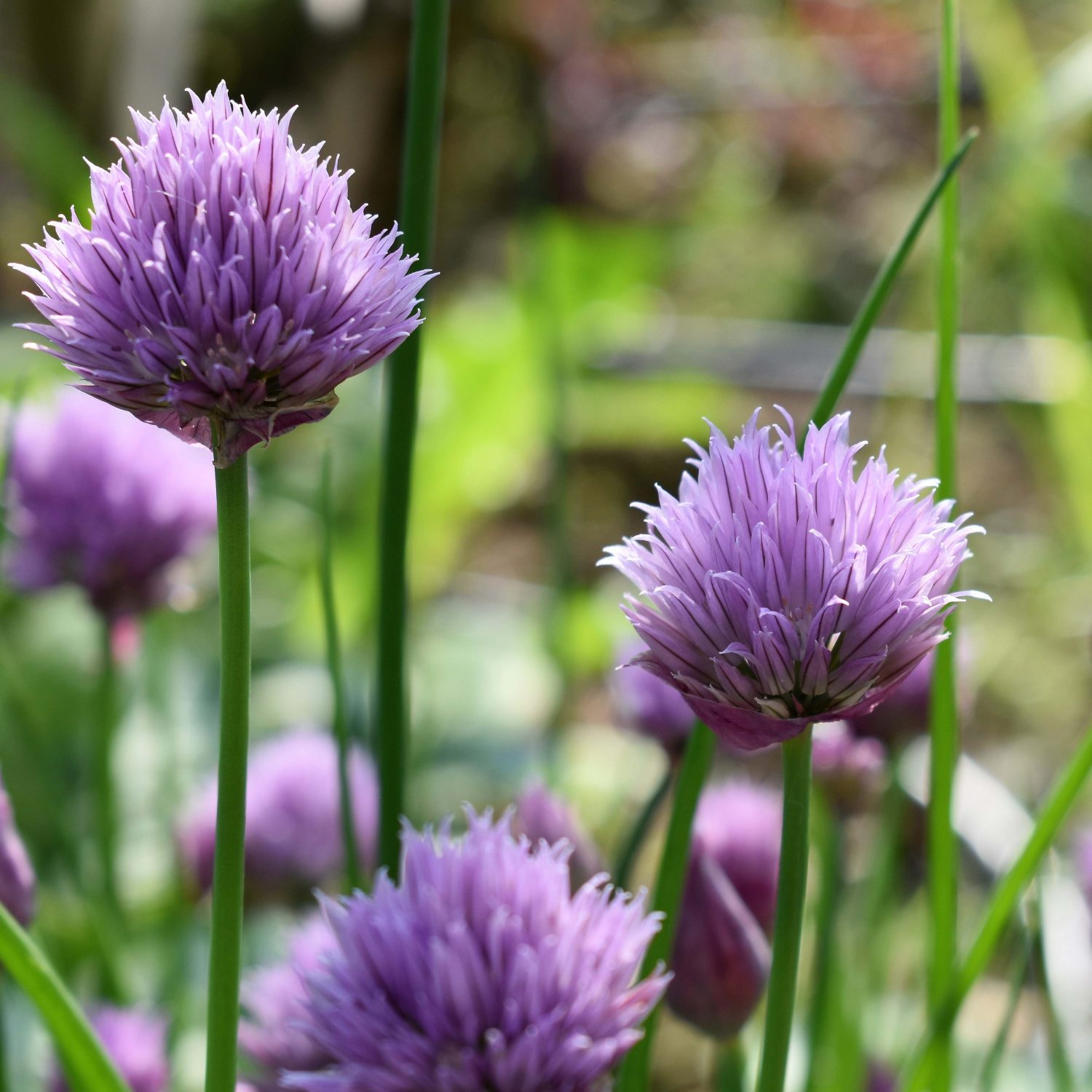
Chive Flowers
Allium schoenoprasum
Sow Spring to Autumn
- Edible flowers (mild chive flavour) and leaves
- Press the petals or let them dry naturally to use throughout the year
- Great for pollination
- Culinary herb – try infusing in vinegar for salad dressings
- Deter pests for natural pest management
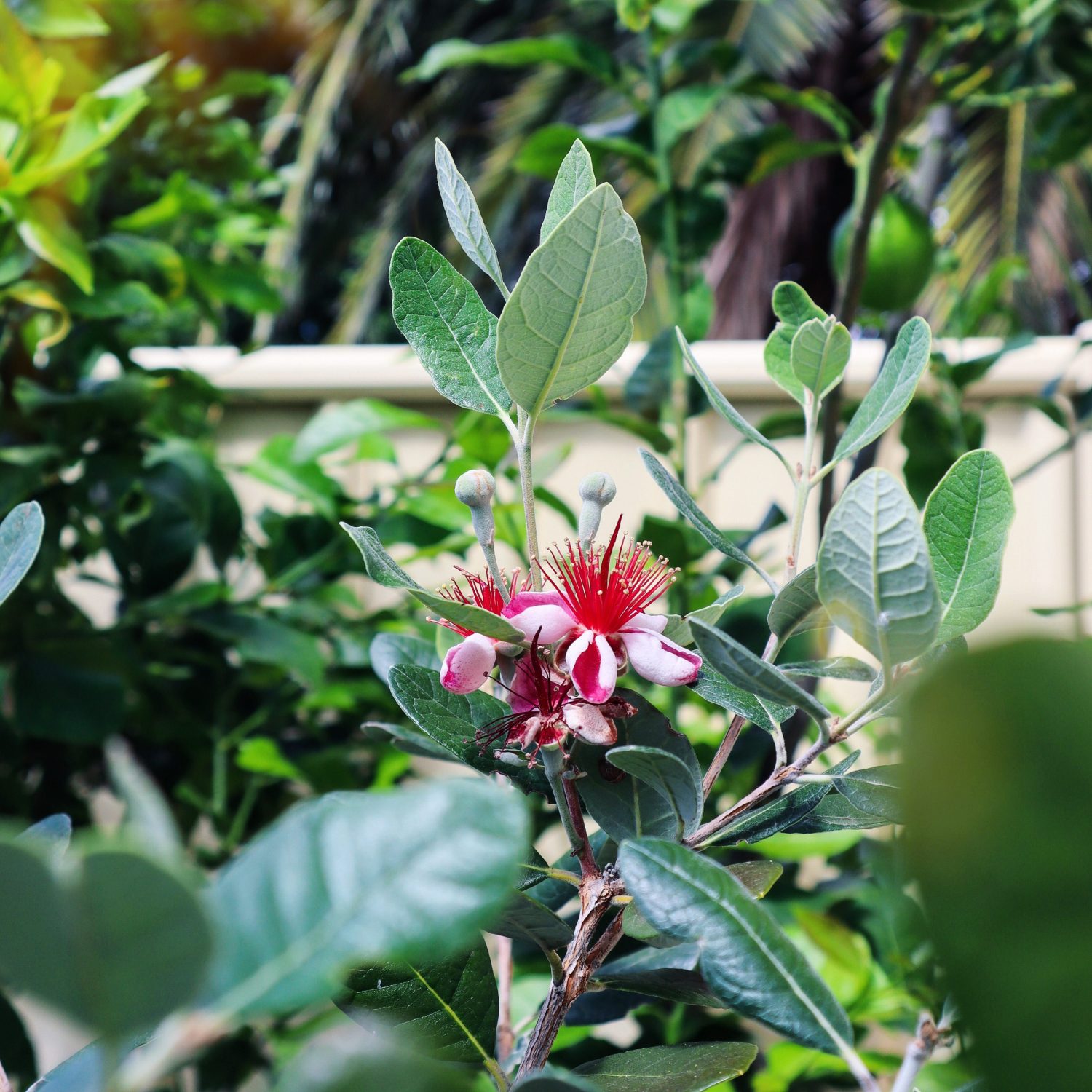
Feijoa Flowers
Acca sellowiana
Flowers in Spring
- Edible petals – subtle strawberry flavour
- Fruit trees that produce sweet green fruit
- Edible hedge option
- Attracts small birds and bees for pollination
- Only select a few to eat as this may reduce fruit crops
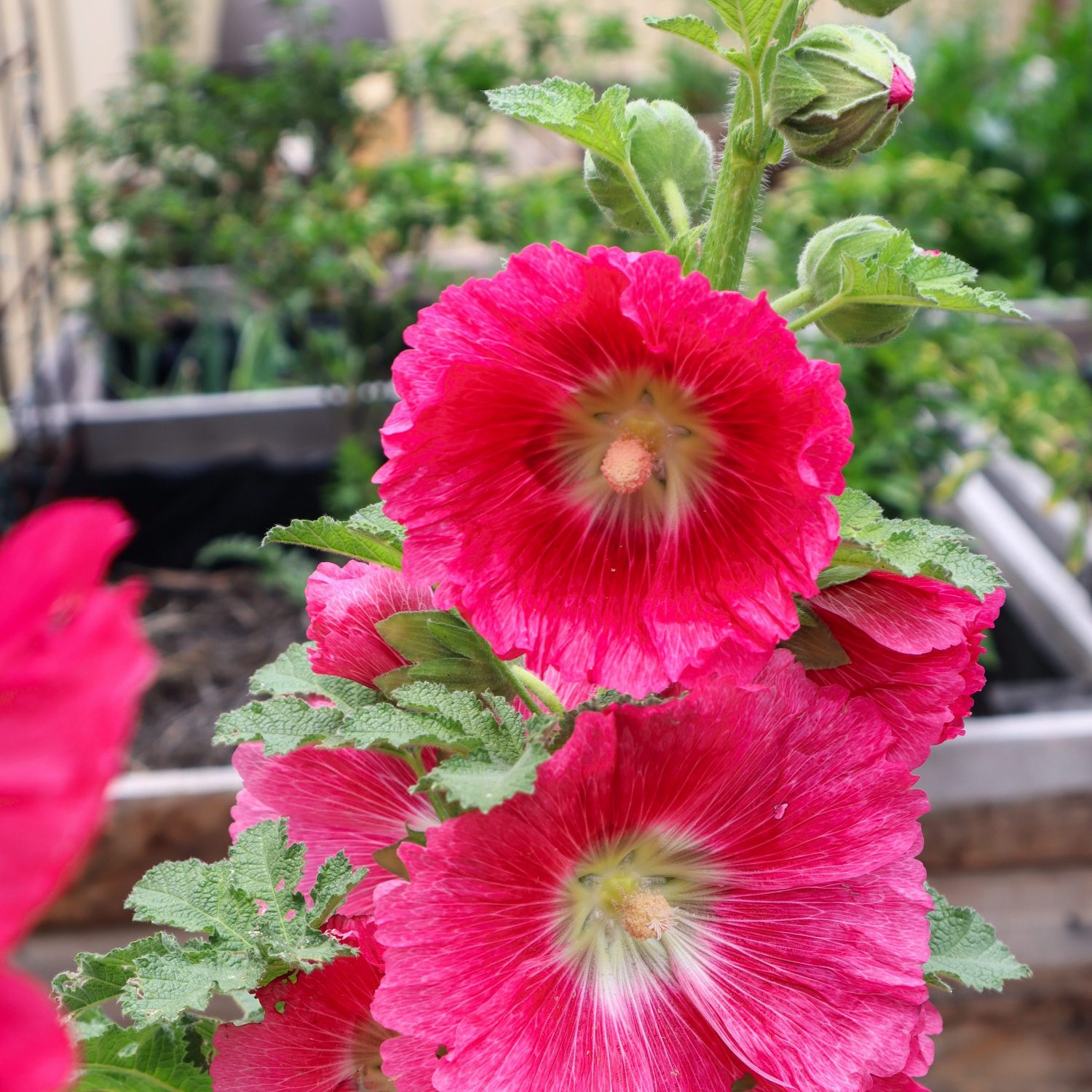
Hollyhock
Alcea rosea
Sow Late Summer & Autumn
- Edible petals
- Press the petals or let them dry naturally to use throughout the year
- Attracts Bees, Butterflies and Birds
- Tall Striking flowers
- Great for stuffing
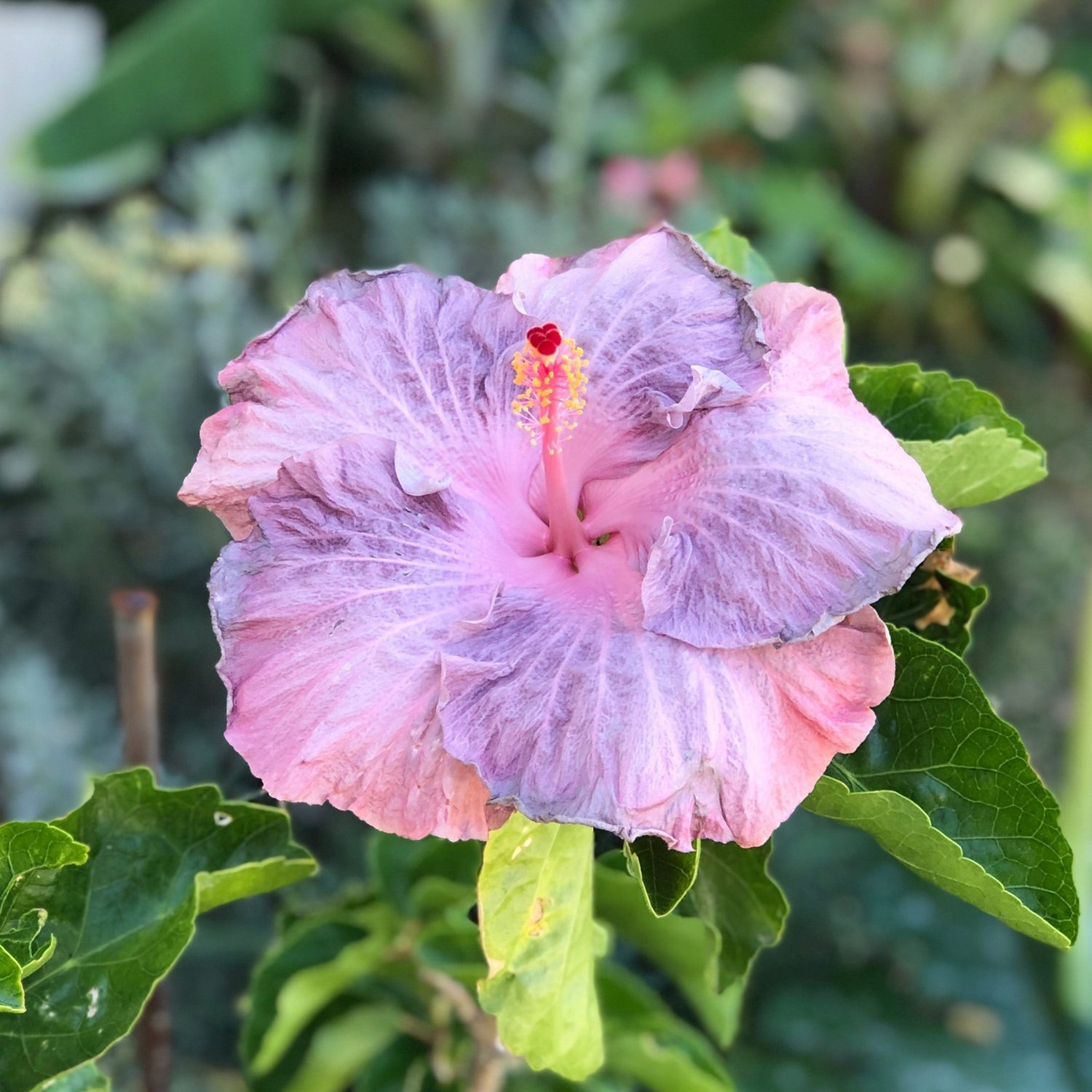
Hibiscus
Hibiscus rosa-sinensis
Bloom Spring to Autumn
- Edible Flowers – citrus notes
- Press or air dry to preserve
- Attracts Bees, Butterflies and Birds
- Medicinal properties
- Used for teas, jams and garnishes
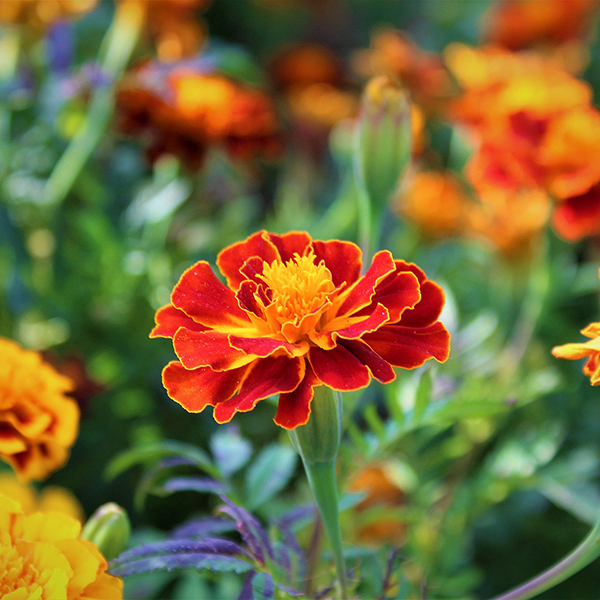
Marigold
Tagetes patula
Sow Spring to Autumn
- Edible petals only – peppery can be bitter
- Strong aroma deters pests
- Attracts Pollinators to the garden
- Brighten up the garden
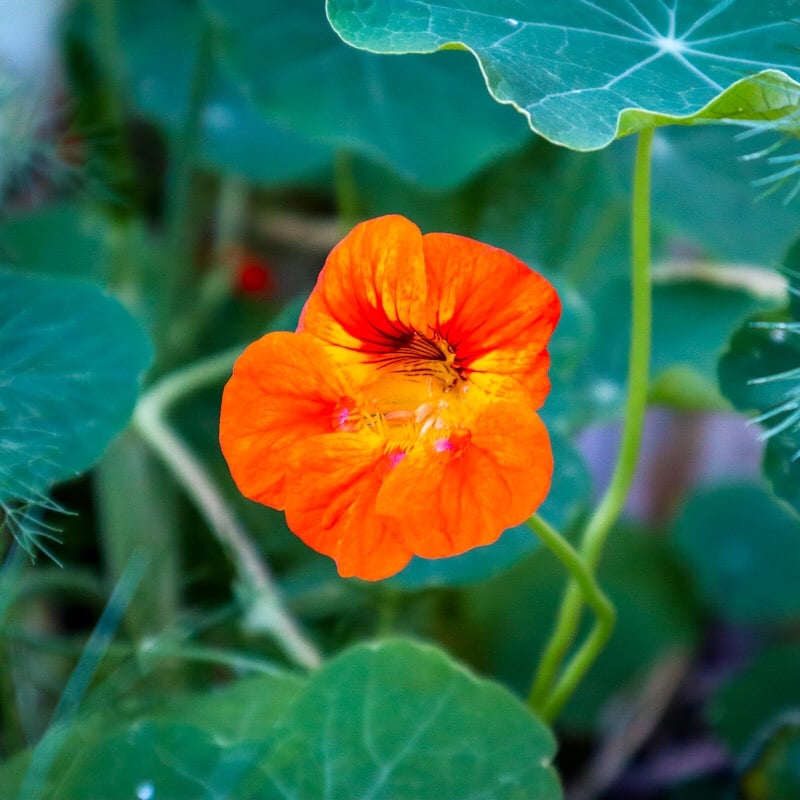
Nasturtium
Tropaeolum Majus
Sow Spring to Autumn
- Edible flowers , leaves, stem and seeds
- Peppery flavour
- Great pollinators
- Medicinal properties
- Chicken & animal feed
- Nasturtiums make great living mulch
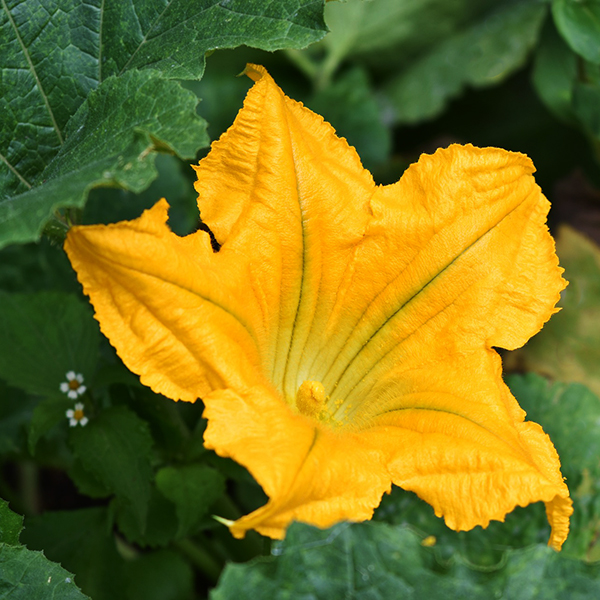
Pumpkin
Cucurbita Maxima
Blooms Spring & Summer
- Edible flowers – choose male (no small pumpkin at the base) or you will not get pumpkins!
- Attracts Bees
- Can be eaten raw, stir-fried, stuffed or battered
- Added nutritional value
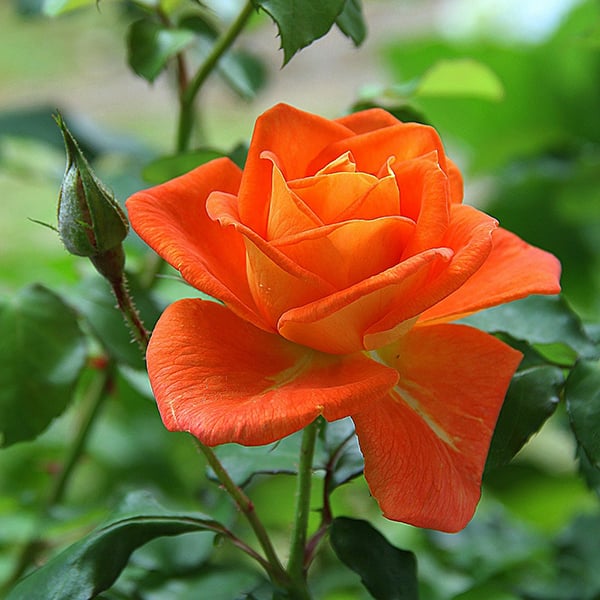
Rose
Rosa
Boom Spring to Autumn
- Edible petals and buds – flavour varies
- Some have strong scents
- Attracts Pollinators to the garden
- Great cut flowers
- Drinks, baking, jams, sugars
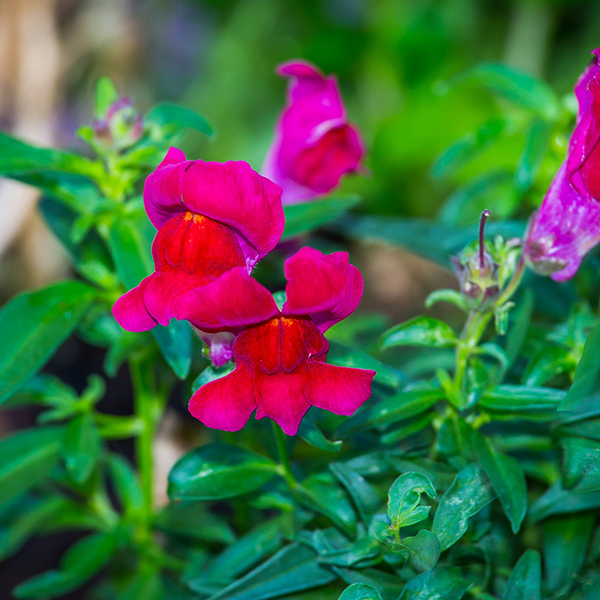
Snapdragon
Antirrhinum Majus
Sow Spring to Autumn
- Edible flowers
- Bright vibrant colours
- Attracts Pollinators to the garden
- Can be eaten raw in salads or garnish
- Added nutritional value
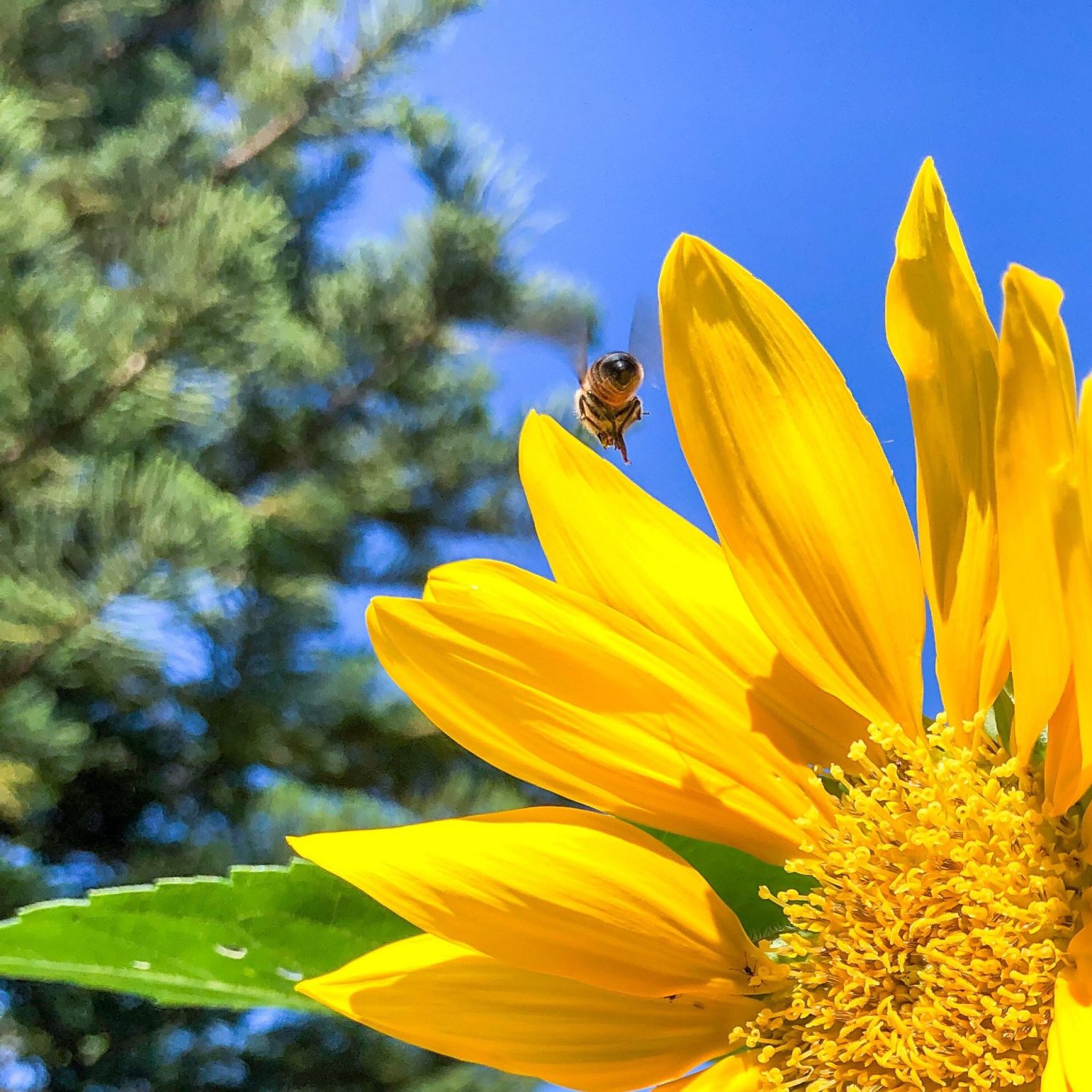
Sunflowers
Helianthus Annuus
Sow Spring & summer
- Edible petals and seeds
- Press the petals or let them dry naturally to use throughout the year.
- The bees LOVE sunflowers and so do the birds
- Sunflowers remove toxins from the soil
- Tall and don’t take up much space.
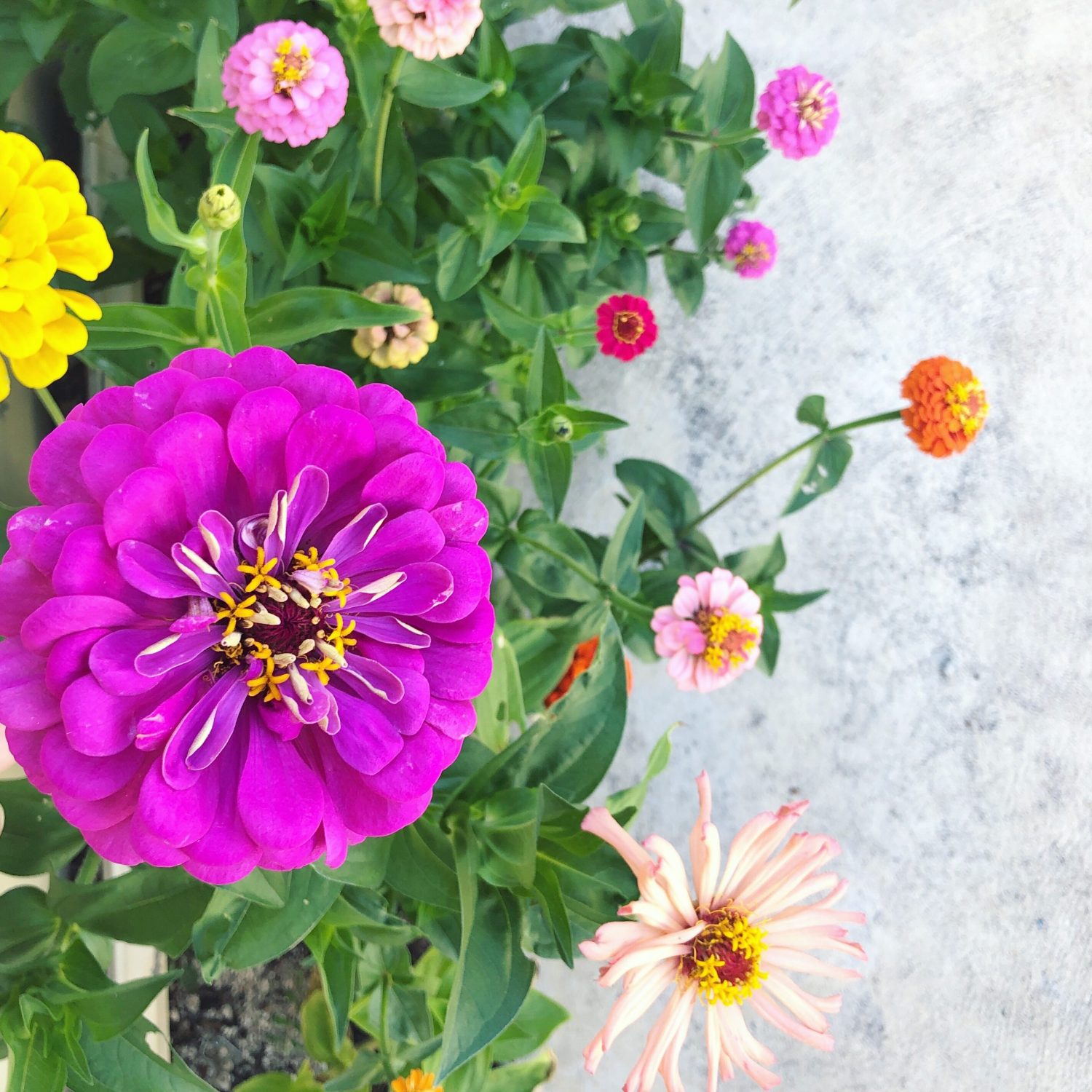
Zinnia
Zinnia Elegans
Sow Spring & summer
- Edible petals – slightly bitter
- Lush green leaves that are great for beneficial insects to live
- Beautiful stand out cut flowers. The more you cut Zinnia, the more flowers they produce
- Attract both bees and butterflies to the garden
- Vibrant coloured edible petals that look striking as garnishes
How to use Edible Flowers?
- Herbal Teas
- Cocktail Garnish
- Infused oils
- Infused Vinegar
- Cake decorating
- Every day meal garnishing
- Salads
- Botanical Salts
- Arts and crafts
- Bath bombs or decoration
- Hand scrubs
- Infused spirits
- Healing body balms and lotions
